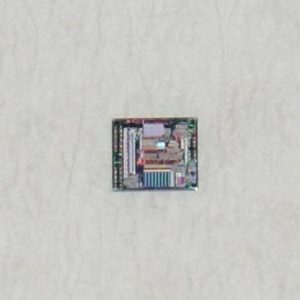Crack Microcontroller STM32F103R6
Crack Microcontroller STM32F103R6
Most of the common failures (unexpected reset and program counter corruption) can be reproduced by manually forcing a low state on the NRST pin or the Oscillator pins for 1 second after STMicroelectronics STM32F103R4 MCU Unlocking. To complete these trials, ESD stress can be applied directly on the device when Crack Microcontroller STM32F103R6, over the range of specification values. When unexpected behavior is detected, the software can be hardened to prevent unrecoverable errors occurring after Recovering MCU (see application note AN1015).
The electromagnetic field emitted by the device is monitored while a simple application is executed (toggling 2 LEDs through the I/O ports). This emission test is compliant with IEC 61967-2 standard which specifies the test board and the pin loading for the purpose of MC68HC711PH8 Microcontroller Eprom Software Duplication.
Based on three different tests (ESD, LU) using specific measurement methods, the device is stressed in order to determine its performance in terms of electrical sensitivity.
Electrostatic discharges (a positive then a negative pulse separated by 1 second) are applied to the pins of each sample according to each pin combination to facilitate the process of Crack Motorola MC68HC908GP32 Eeprom Binary. The sample size depends on the number of supply pins in the device (3 parts × (n+1) supply pins). This test conforms to the JESD22-A114/C101 standard.
Two complementary static tests are required on six parts to assess the latch-up performance:
A supply overvoltage is applied to each power supply pin
A current injection is applied to each input, output and configurable I/O pin These tests are compliant with EIA/JESD78 IC latch-up standard.


